The World Keeps Turning: March Madness magnified
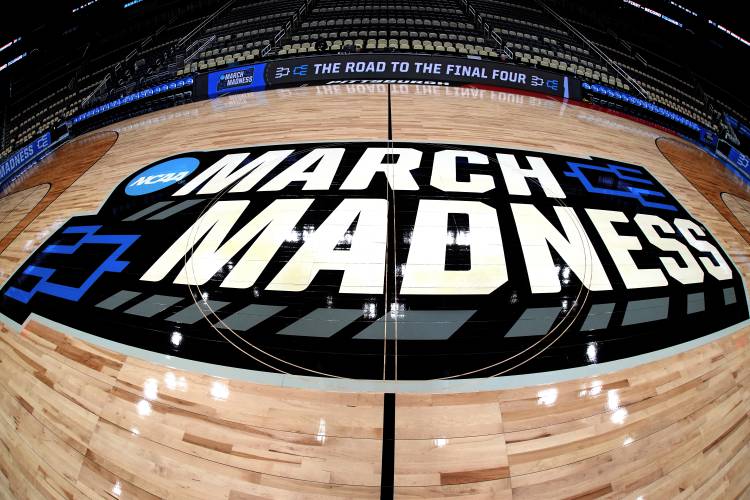
This is the NCAA March Madness logo at center court before a practice day for NCAA college men’s basketball teams participating in the first and second round tournament games at PPG Paints Arena in Pittsburgh, Wednesday, March 20, 2024. AP PHOTO/GENE J. PUSKAR
|
Published: 03-29-2024 4:19 PM
Modified: 03-31-2024 3:49 PM |
There’s true madness all around us: wars creating multiple military and humanitarian crimes; apocalyptic climate news daily; migrants fleeing deadly threats and facing more on their journey; our country so deeply divided that we may experience a literal “bloodbath;” trips to the grocery store which make the bottom of a near-empty wallet more visible every time; etc., etc.
I often turn to amateur and professional sports for relief, their coverage called “the toy department” in many newsrooms. Sports are a “nothingburger” of vast proportions, about $83 billion spent and paid out in 2023 America on competitions that have no practical worth. (I do find great symbolic value in the visual color-blindness of many lineups, and the uplifting journey of underdogs).
But the NCAA basketball tournament (called “March Madness” in its first year, 1939) has expanded into a near obsession for armchair experts and fans alike. It is now a 3-week venture generating about $1 billion for the NCAA this year, often punctuated by a small-stakes family or office betting pool which can change normal adults of sound mind into jersey-wearing lunatics for a team they’ve never heard of (how about those Oakland Golden Grizzlies from … Michigan!), and willing to make a deal with the devil for a win.
As with every modern evolution, there were “the good old days,” and college basketball sports several stages. Until about 30 years ago, fans could root for the same group of players for 3-4 years as they matured and improved together: e.g., Lucas and Havlicek at Ohio State, Walton and Wilkes at UCLA, Hurley and Laettner at Duke. But that changed when high school grads were allowed to play for pay in the NBA in 1971, and early entry into the draft became common in the 1990s.
Suddenly, top players didn’t need to act out the charade of “student athlete” to be paid as professionals. Kevin Garnett, Magic Johnson, and LeBron James are successful examples, although the “home town” feel of rooting continuously for a familiar group waned.
But even the “good old days” of 2019 are now consigned to a dusty corner of the attic. Two changes fundamentally changed the already money-hungry major college sports market. The first, pushed by the largest schools with the biggest budgets, created the NCAA’s “transfer portal” which erased the requirement that college athletes sit out a year after changing schools. Then, after years of unsuccessfully working for some legal “small change,” a 2021 court case allowed athletes to be paid for the use of their name, image, or likeness (NIL). They can act like pro athletes, retaining agents, and reaping rewards, some in the millions, from advertisers. Suddenly, there’s Iowa’s wondrous star Caitlin Clark hawking (not Hawkeye-ing) State Farm insurance beside the Miami Heat’s Jimmy Butler.
Together, the changes enabled a bidding war among colleges each spring. Vanderbilt’s Coach Jerry Stackhouse, a former NCAA and NBA All Star, was just fired, and described the change in college recruiting. Previously, his accomplishments, ability to coach future NBA players, and Vanderbilt’s excellent athletic facilities helped draw top prospects. But today, “you need to reach out to their agents” with possibilities or guarantees of lucrative NIL deals. It’s necessary “to really get in the door.”
Recently, the star center for the 2023-24 UMass men’s team (the first that was fun to watch in over a decade), announced he would leave through the transfer portal. The coach will probably need support from an NIL offer to lure another skilled big man to campus. Many college rosters will radically change yearly because of the lure of NIL deals.
Article continues after...
Yesterday's Most Read Articles
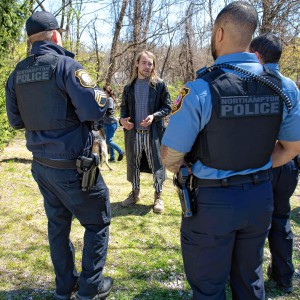 Homeless camp in Northampton ordered to disperse
Homeless camp in Northampton ordered to disperse
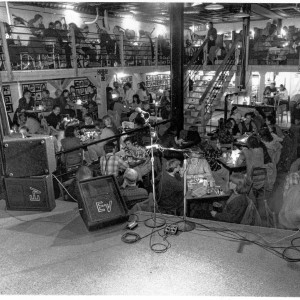 The Iron Horse rides again: The storied Northampton club will reopen at last, May 15
The Iron Horse rides again: The storied Northampton club will reopen at last, May 15
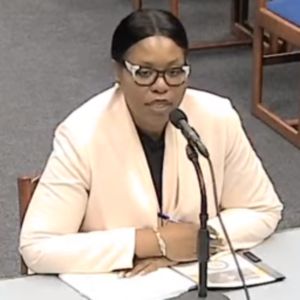 Final pick for Amherst regional superintendent, from Virgin Islands, aims to ‘lead with love’
Final pick for Amherst regional superintendent, from Virgin Islands, aims to ‘lead with love’
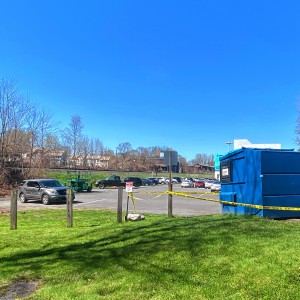 Authorities ID victim in Greenfield slaying
Authorities ID victim in Greenfield slaying
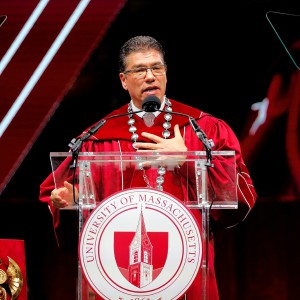 Reyes takes helm of UMass flagship amid pro-Palestinian protests
Reyes takes helm of UMass flagship amid pro-Palestinian protests
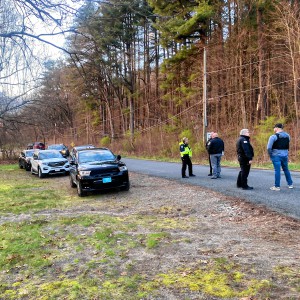 Police report details grisly crime scene in Greenfield
Police report details grisly crime scene in Greenfield
I don’t begrudge the young athletes their money; if some payments seem exorbitant, it’s not their fault. I’ve long been a supporter of some cash for athletes who devote hours and hours each week (missing out on some of the best parts of a college experience) to entertain us.
The Boston Globe also notes a push this year, powered by the “greed and self-interest” of the largest schools and conferences, to increase the number of tournament teams, spots they will readily gobble up. Regardless, that faint sound you hear is another comforting illusion crumbling. We knew that college athletes weren’t always competing just for the love of the game, but blatant money exchanges weren’t legal, and those that did occur had to be disguised and under-the-table. March Madness may soon resemble just another pro tournament, except for a few underdogs who aren’t major players in the NCAA’s money game.
Allen Woods is a freelance writer, author of the Revolutionary-era historical fiction novel “The Sword and Scabbard,” and Greenfield resident. His column appears regularly on Saturdays. Comments are welcome here or at awoods2846@gmail.com.

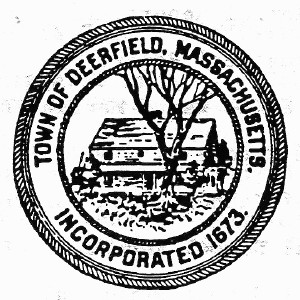 Charlene Galenski: Blake Gilmore, a strong candidate for Deerfield’s Selectboard
Charlene Galenski: Blake Gilmore, a strong candidate for Deerfield’s Selectboard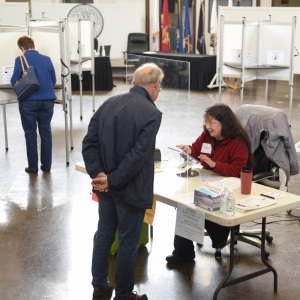 Annette Pfannebecker: Vote yes for Shores Ness and for Deerfield
Annette Pfannebecker: Vote yes for Shores Ness and for Deerfield Columnist Susan Wozniak: Rising costs long ago swamped hippie ideal
Columnist Susan Wozniak: Rising costs long ago swamped hippie ideal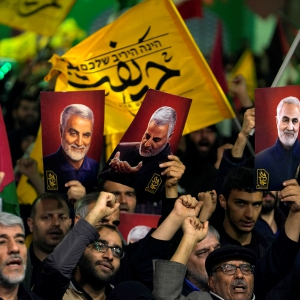 Guest columnist Rudy Perkins: Dangerous resolution pins ‘aggression’ on Iran
Guest columnist Rudy Perkins: Dangerous resolution pins ‘aggression’ on Iran
